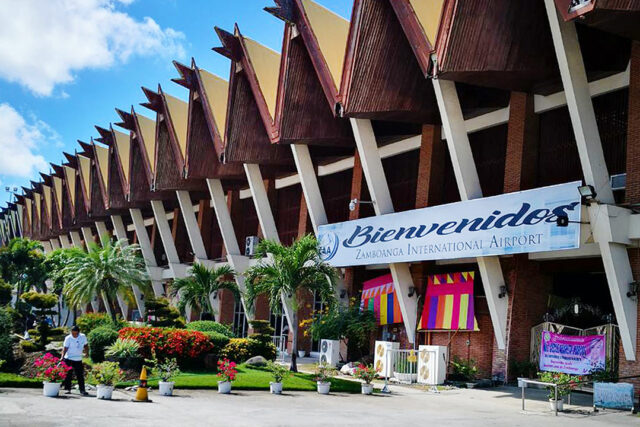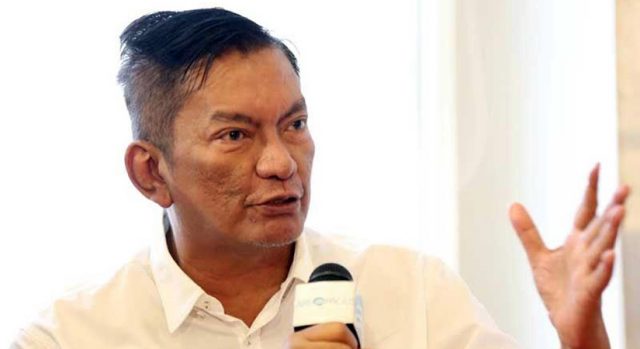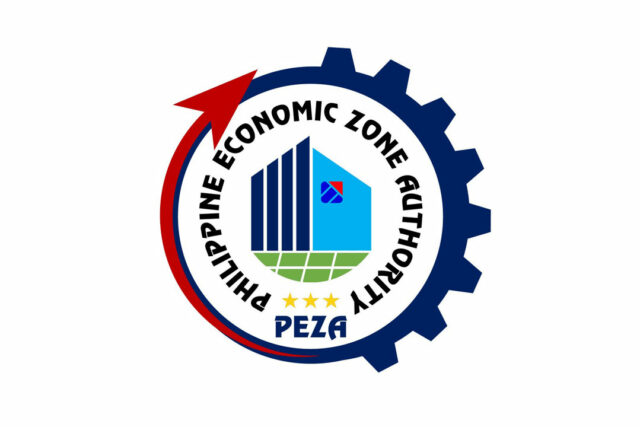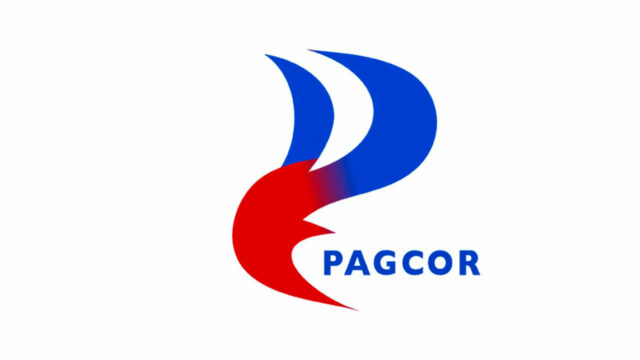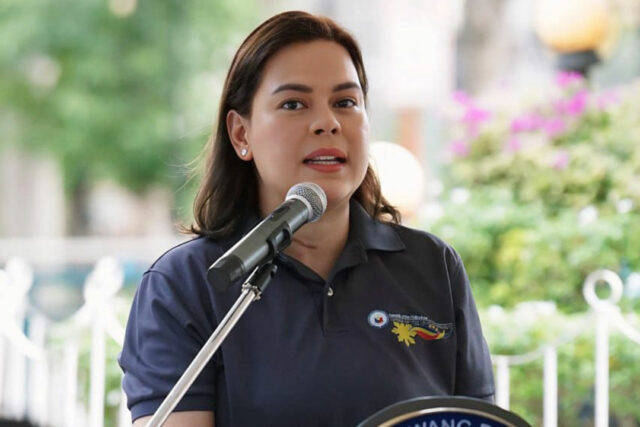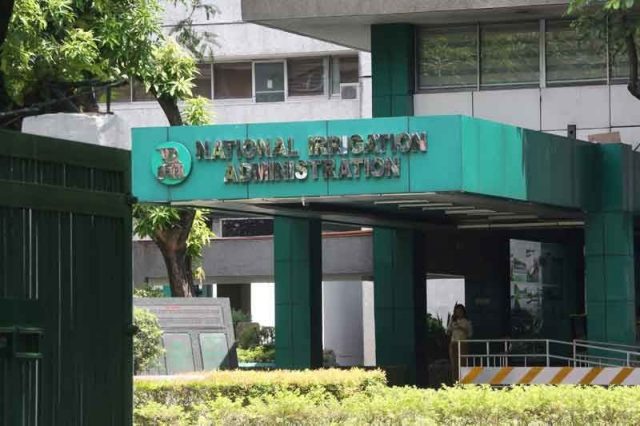PSEi loses steam before close on profit taking
By Revin Mikhael D. Ochave, Reporter
PHILIPPINE SHARES closed less than a point higher on Tuesday, with the main index testing the 7,100 level before succumbing to profit taking at market close.
The benchmark Philippine Stock Exchange Index (PSEi) added 0.005% or 0.38 point to close at 6,984.63. The broader all-share index gained 0.21% or 8.25 points to 3,786.30.
The PSEi reached as high as 7,109.75 before losing steam at the end of trading.
“The benchmark index traded strongly above 7,000 for most of the session until it succumbed to sharp market-on-close selling that pushed the PSEi below its major resistance to end the day just a slight notch above yesterday’s close,” Juan Paolo E. Colet, managing director at Chinabank Capital Corp., said in a Viber message.
The market closed only slightly higher as investors turned cautious, said Japhet Louis O. Tantiangco, senior research analyst at Philstocks Financial, Inc.
“Most gains were wiped out in the final minutes due to profit taking,” he said in a Viber message. “Investors also took a cautious stance due to the lingering uncertainties in the United States economy.”
“The market rallied intraday, even breaching 7,000 as investors remained hopeful that the Bangko Sentral ng Pilipinas will continue with its monetary policy easing moving forward in light of the country’s improved inflation situation and the likelihood of monetary policy easing by the Federal Reserve,” he added.
Luis A. Limlingan, head of sales at Regina Capital Development Corp., in a Viber message said local shares closed flat as traders await US consumer price index and producer price index reports due later this week.
Back home, the market’s sectoral indices were mixed. Property increased by 1.87% or 52.76 points to 2,861.99, while services added 0.99% or 21.76 points to 2,220.19. The industrial index gained 0.18% or 17.45 points to 9,280.67.
On the other hand, financials lost 1.7% or 37.33 points to 2,152.92, while mining and oil shed 0.61% or 48.56 points to 7,891.89. Holding companies dropped by 0.3% or 17.57 points to 5,817.51.
Value turnover improved to P7.26 billion from P7.12 billion, while shares traded fell to 776.85 million from 804.4 million.
Advancers beat decliners 111 to 82, while 65 stocks were unchanged. Net foreign buying fell to P759.26 million from P1.03 billion.
“The repeated failure to close above 7,000 should caution investors that there is a fairly high risk of a pullback from current levels,” Mr. Colet said.



